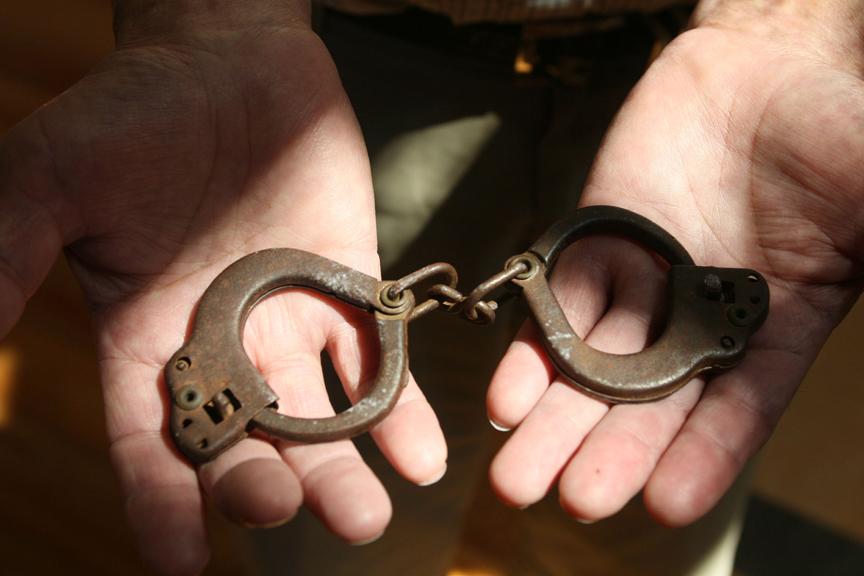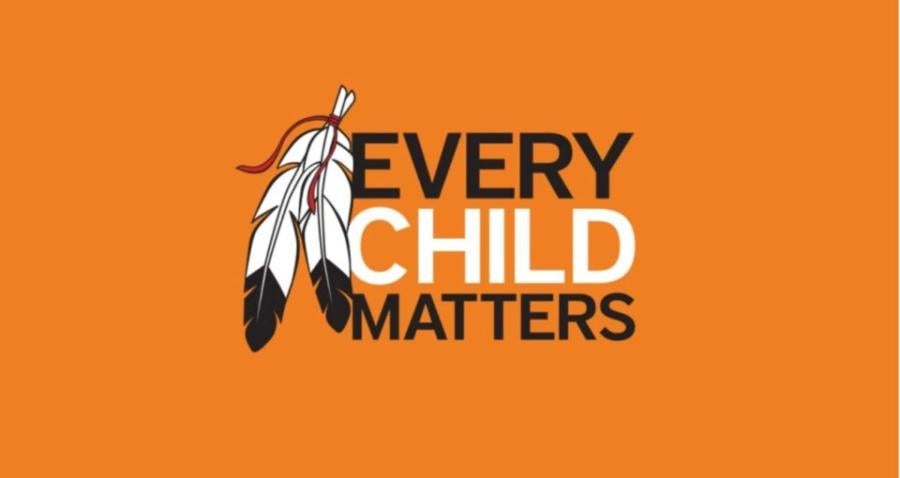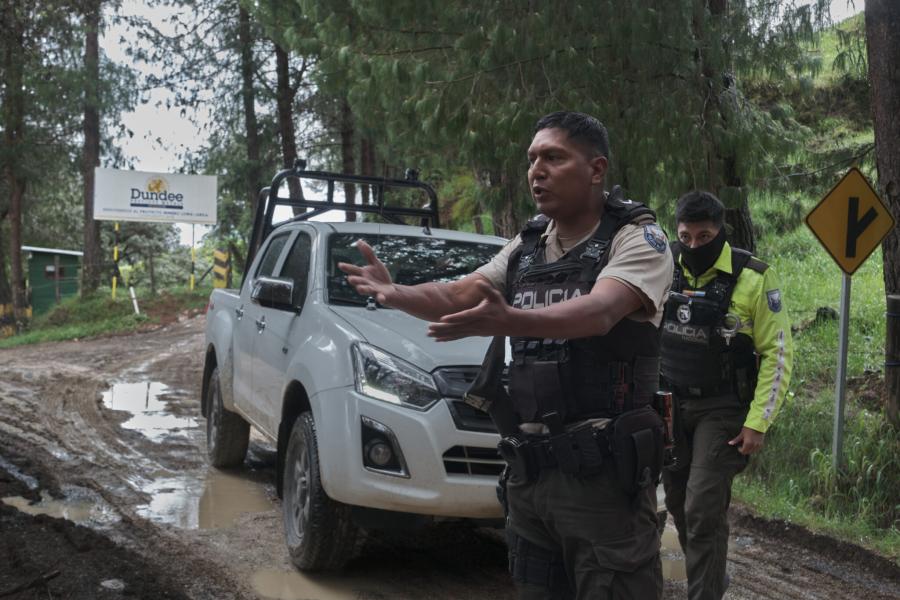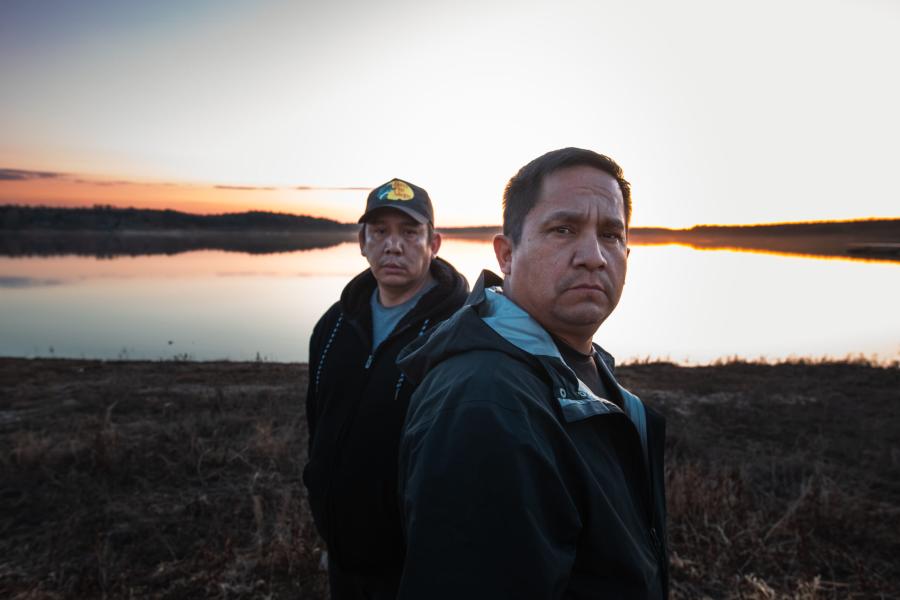
By Susan G. Enberg
In 1883, Public Works Minister Hector Langevin told the House of Commons, “In order to educate the (‘Indian’) children properly we must separate them from their families. Some people may say that this is hard but if we want to civilize them we must do that.” At minimum, 150,000 indigenous children were forced by law to attend Indian residential schools in Canada; today there remain approximately 80,000 survivors. These schools can be theoretically located in Foucault’s borderline heterotopia, at the border of crisis and deviation. It is a heterotopia that has been politically constructed and maintained by Canadian political administrations from the late-nineteen century to the late-twentieth century, one that has insisted on the stealing of indigenous children from their homes to be placed in residential schools. However, the ideology of Canadian nationalism or unity (the tangible image before the mirror) is countered by the visible yet invisible (the mirror-image itself) incarceration of the children: visible when framed by missionary benevolence, invisible through historical erasure and denial of the abuse of the children.
This essay will illuminate how successive Canadian administrations and Christian institutions for over a century have inhibited access to damning archival documents that would confirm their complicity of engaging in genocidal tactics against Canada’s indigenous population. Disturbingly, legal and bureaucratic actions of current and recent Canadian administrations would indicate a political desire to erase the crime of genocide from Canada’s historical legacy. Notably, the Canadian government has strategically manipulated Canadian law to circumvent prosecution for genocide in the case of Indian residential schools, and has threatened to destroy evidence secured through the Independent Assessment Process (IAP), hearings that are occurring under the Indian Residential Schools Settlement Agreement (IRSSA, 2007). Significantly, it will be argued that documentary reenactment serves as a countermeasure to political rhetoric, one that has the potential to deconstruct highly problematic historical inaccuracies pertaining to the Canadian government’s relationship with the indigenous peoples of these lands, while simultaneously reconstructing a truer Canadian historiography that makes impossible erasure of the horrors of abuse of children at Canada’s Indian residential schools. Films such as the docudrama We Were Children (2012) that incorporate dramatic reenactment with first-hand testimony also bear the potential to influence many to contest politically motivated white-supremacist-colonialist ideologies that led to such abuses in the first place. Critically important for documentarians and Canada’s indigenous communities, however, is the archival preservation of all materials secured through IAP proceedings. Such preservation would allow for reconstruction of a Canadian history that could potentially render Canada’s anti-genocide law impotent. Canada may be forced to take a long, hard look in the mirror.
Manifestation of the Image in the Mirror
In 1990, First Nations Chief Phil Fontaine shared his own experiences and knowledge of extensive abuse of members of Canada’s indigenous community while they were interned at Indian residential schools, a form of abuse that is now unofficially being classified as genocide. His testimonial can be construed as the mirror image that has now manifested itself as reality, an image that contests the political constructs of Canadian national unity. As a result of an increasing amount of testimonies, the Canadian government is being challenged to face its violent history of what Arnold Itwaru calls “demonological racism.” It is a challenge that ultimately calls for the rewriting of Canadian history, a history that has been politically constructed to hide, deny and erase its legacy of genocide against the First Nations people of this land. After all, the mirror without its image cannot be a mirror at all, just as ‘history’ cannot be truly be considered history if it denies or erases truths. Chief Fontaine’s declares that, “we are going to write the history, this missing chapter.”
Tim Wolochatiuk’s poignant docudrama, We Were Children, tackles this issue head-on as it intertwines oral testimony with reenactment of the abuses suffered by two children while interned at Indian residential schools. By combining these two methodologies, the film provides an important reconstructive history that clearly illuminates particularly painful aspects of the genocidal legacy of the Canadian government and Christian institutions. Thus, it will be argued that transcripts or recordings of oral histories, along with other evidence secured during IAPs must be considered privileged historical documents to be archived indefinitely. In addition, it will be argued that reenactment, especially when combined with first-hand oral testimonies, can serve as an important deconstructive-reconstructive historical tool when governments attempt to hide behind rhetorical masks of nationalism and regret.
Schools to ‘Civilize’ the ‘Savages’
Nagy and Sehdev write, “‘Home’ to more than 150,000 children from the 1870s until 1996, the residential school system was aimed at ‘killing the Indian in the child’ and assimilating First Nations, Métis, and Inuit children into white settler society.” One of the many means used by governments of white-supremacist settler society to destroy the very fabric of Canadian indigenous society was a law that gave the government and its authorities the right to steal indigenous children away from their families, children as young as four-years of age. This law translated into the construction of policy that ensured the violent severing of ties between indigenous children from their family members. Scholar Andrew Woolford sheds light on the plights of the children. He observes that,
By 1920, residential schools were made mandatory for all Aboriginal children. At many schools, conditions were so inadequate that large numbers of children died from ill health, exposure to the elements, and poor nutrition. Others suffered physical and sexual abuse, as well as constant verbal assault on their cultures, traditions, communities, and families.
At some schools as many as fifty percent of the children died; as many as four thousand children perished. Other children died trying to escape. Often, parents were not notified of the deaths of their children and the bodies were never returned to their communities to be buried on sacred grounds. Those who made it through the residential school experience alive have been faced with an overwhelming sense of cultural dismemberment. Woolford writes that many have suffered “continuing cycles of emotional, physical, and sexual abuse, as well as addiction, suicide, and other markers of intergenerational trauma…residual effects of the residential school experience.” These often-deadly consequences are directly attributable to the white-supremacist policies of successive Canadian governments. By suppressing the political motivation behind pre-given truths, by wielding state control over institutes by acting as divine teachers of the nation, and by continuing to enforce the ‘right’ of the state to intern indigenous children in residential schools, Canada has been complicit in the crime of genocide, a crime to which the government and other perpetrators are immune to prosecution.
Archives as Sites of Privilege and Exclusion
According to Jacques Derrida, archival materials are housed in places governed by people in positions of power “by virtue of a privileged typology.” The archive is a “shelter itself and sheltered, to conceal itself.” But to whom, and for what purpose, we might ask. Mike Featherstone argues that, “The construction of archives can be seen as furthering governmentality and the regulation of internal and colonial populations.” Governments often authorize the archiving of materials that for legal or security purposes of the state may be drawn upon in the future. Significantly, he writes that archives are considered extremely valuable as they embody the history of the nation-state, and are important in the construction of “national memory.” Although a country’s archives are supposed to be a depository to be reasonably accessible by the public, governments at times would prefer that no evidence remain with respect to issues that defy a country’s ‘national history.’ Problematically, access to a vast amount of archival materials related to Indian residential schools has been hindered by the Canadian government as well as the Christian churches that administered the schools, obscuring the true history of the nation.
In the case of the abuse of children at Canada’s Indian residential schools, the Canadian government has been resistant in providing millions of documents that could be relevant to Canada’s IAPs, documents that as of January 2013 remained in storage at Library and Archives Canada, thereby delaying settlements for many survivors. Considering that the burden of proof often rests with individuals making claims for compensation, it seems clear that the stalling tactics of the government are designed to dissuade many from filing claims, or from pursuing the IAP path once they realize the government is not a fully cooperative party. Another harsh slap in the face to Canada’s indigenous population has been the recent decision to destroy thousands upon thousands of recordings, testimonial documents, and evidence secured through the IAPs. While the government claims that the process of archiving of documents and the proper redaction of names would be too cumbersome and costly, this move has been interpreted by some as a strategy to protect perpetrators of abuses to ensure erasure of their crimes from Canadian history. To some this would be the equivalent of making the unthinkable decision to destroy all documents related to the Holocaust. Redaction of names has always served to protect the privacy of individuals or collectivities.
In June of 2014, chief adjudicator of the residential claims process, Dan Shapiro, called for the destruction of nearly 800,000 documents that have been integral in revealing abuses committed by the Canadian government and Christian institutions against Canada’s indigenous peoples. In August 2014, a court partially acquiesced to public pressure by ruling that all records from IAPs must be held for fifteen years at which point survivors will be asked whether or not they wish testimonial documents relating to their cases to be held as archival material. However, residential school survivor Michael Cachagee realistically claims that, “it will be logistically tough to get the consent of survivors, many of whom have passed away or moved since giving their testimony.” The implications of destroying evidence secured during the IAPs would be massive. In the words of TRC lawyer Julian Falconer, "Destruction of those documents will have a deep, irreversible impact on the state of the record…the minute you destroy the information, you alter the ability for generations to come to remind people of what was done to these victims." Significantly, destruction of such important and revealing documents would place huge limitations on documentarians. Documentary filmmaker Tim Wolochatiuk emphasizes that, “all Canadians should raise our voice(s) loudly to let the government know that we are opposed to these measures (the destruction of materials and evidence obtained through the IAPs) and want the historical record to grow and be preserved…not quashed and erased under the disingenuous claim of protecting ones privacy.”
We Were Children (2012)
Tim Wolochatiuk’s powerful and poignant docudrama film, We Were Children, is one that, as Linda Williams writes, has a “willingness to tackle often grim, historically complex subjects.” It blatantly challenges governmental attempts to erase from Canada’s national history the issue of abuse of indigenous children at Indian residential schools. Critically important, the film includes the life stories of residential school survivors, Lyna Hart and Glen Anaquod, making governmental attempts of erasure manifest themselves. Said another way, by giving voice to those who have previously been silenced by a repressive state, obscured and controversial topics come to the surface and become part of the historical record. By cleverly intertwining the first-hand oral testimonials of Lyna and Glen with the unfolding of their poignant stories and experiences through reenactment, We Were Children is able to dig “toward an impossible archaeology, picking at the scab of lies which have covered over the inaccessible originary event,” as emphasized by Williams.
Bill Nichols writes that reenactment is a paramount task as, “history does not repeat itself, except in mediated transformations such as memory, representation, reenactment, fantasy—categories that coil around each other in complex patterns.” We Were Children successfully unravels a hundred years of governmental hypocrisy as it deconstructs what we have been taught (or have not been taught) about the indigenous peoples of this country and simultaneously reconstructs the horrifically abusive history of Canada’s indigenous peoples by the Canadian government and churches. Ultimately, the film challenges viewers to contest a politics and historiography of deceit and erasure. He writes that reenactments such as this necessarily “reconcile…apparent contradiction by acknowledging the adoption of a distinct perspective, point of view, or voice.” In this instance, we hear the voices of Lyna and Glen, two survivors of Indian residential schools whose voices echo thousands of others.
We Were Children immerses viewers in the heterotopia of Canadian Indian residential schools. With both Lyna and Glen, viewers become privy to a profound sense of loss and dehumanization. For example, Lyna is removed from her family home at a very young age and once arriving at the residential school, the implementation of reenactment along with her testimony allows us to understand that the church (and the government by proxy) did everything in their power to strip her of her indigenous identity in ways that were acutely painful, both psychologically and physically, including being violently raped as a young girl. Significantly, mirrors act as important messengers of abuse and racism in the film. In two separate scenes, Lyna is either directly in front of or in close proximity to mirrors. In the first instance, a nun positions Lyna in front of a mirror at the Indian residential school after her identity has been stripped away from her, and the girl she sees she does not recognize. In another scene, an older student and Lyna are in the bathroom. The older girl is scrubbing her own skin to make it ‘whiter’, and as she does so, she points out that Lyna’s skin is darker making her a ‘dirty’ Indian. Thus, the mirror shots in We Were Children symbolize the white-supremacist ideologies of Canadian administrations that denied beauty and worth unless the image reflected was one of ‘whiteness.’ More importantly, the mirror shots serve to counter benevolent political rhetoric by showing that genocidal acts were indeed being inflicted upon the children at Canada’s Indian residential schools. Crucially, testimonials and the simultaneous unfolding of the stories within the film make us painfully aware of how abuse and rape of both boys and girls was systematic and systemic, wielded as a dark tool of punishment and dehumanization by those who were supposed to guide and protect them.
Conclusion
Considering persistent failings of the archival system in Canada with respect to the abusive treatment of children at Indian residential schools, the making and release of We Were Children necessarily perpetuates the argument that Canada’s history must include an admission of our abusive and genocidal past. Oral testimony is another incredibly important tool of historical reconstruction that can help to build a far truer Canadian national history than the one we have been taught. In addition to arguing for the importance of archiving indefinitely all recordings, testimonial transcripts, and evidence secured during IAPs, it has also been argued that filmic reenactments have the potential to deconstruct and simultaneously reconstruct imperfect national histories while influencing viewers to move forward with contestation of the political.
It is time for the Canadian government and Christian institutions that administered Indian residential schools to confess their crimes of committing genocidal acts in order to make practices of erasure manifest themselves, in order to ensure Canadian nationalism becomes truly national through inclusiveness, and in order to ensure that Canada’s history moves nearer to the truth. After all, as Wolochatiuk writes, “how can a government speak of healing and reconciliation and then cynically attempt to erase history as if it never happened?” Preservation of all materials from Canada’s IAPs along with public access to these records is a critical piece to finding light at the end of the tunnel, and of reconciling the mirror with its image. Considering the incredible harm done to Canada’s indigenous communities by the Canadian government and the churches that administered Indian residential schools, covering the costs of name redaction and archival processes seems an incredibly small price to pay.
--Susan G. Enberg graduated with high distinction in 2014, achieving an honours B.A. from the University of Toronto. She is currently pursuing a Master’s degree in Documentary Media (filmmaking) at Ryerson University with a focus on repression and violences perpetrated by Western democratic governments against communities or individuals deemed less powerful by the state.
Photo credit: Mary Annette Pember



